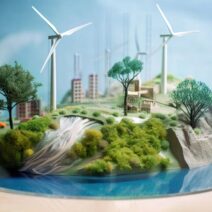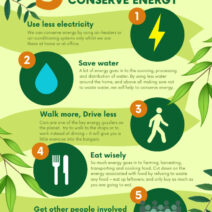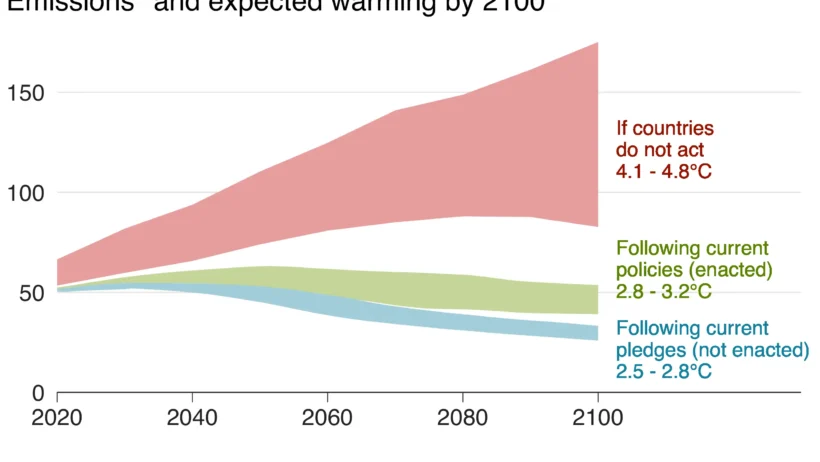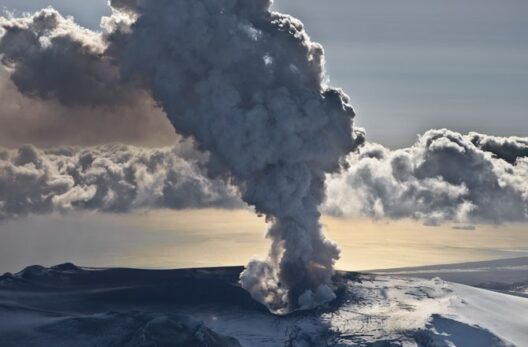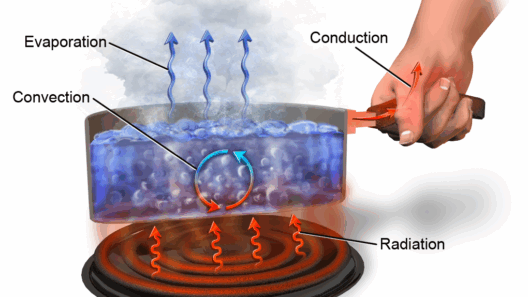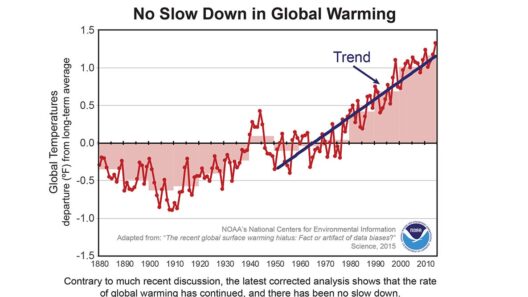Understanding the mechanisms of global warming is akin to deciphering the complex choreography of a delicate ballet—a dance where every participant plays a critical role. The Earth acts as a sophisticated thermostat, regulating temperatures through a myriad of natural processes, yet human activity has introduced an unprecedented disturbance to this balance. Examining the intricacies of this system reveals not only the perils of our warming world but also the actions we can take to restore equilibrium.
At the heart of the Earth’s thermal regulation lies the greenhouse effect, a natural phenomenon that maintains temperature balance. Solar radiation from the sun strikes the Earth’s surface, warming it. In turn, the Earth re-emits this energy as infrared radiation. Herein lies the pivotal moment: greenhouse gases—chiefly carbon dioxide (CO2), methane (CH4), and nitrous oxide—trap some of this outgoing radiation, effectively warming the atmosphere. Imagine this process as a cozy blanket wrapping a sleeping child; it provides warmth and comfort, but if the blanket becomes too thick, it can induce discomfort or even distress.
Historically, the Earth’s thermostat functioned harmoniously, with nature’s carbon sinks—forests, oceans, and soils—absorbing considerable amounts of CO2. But over the last century, anthropogenic activities such as deforestation, fossil fuel combustion, and industrial agriculture have released vast quantities of greenhouse gases into the atmosphere. To illustrate, the CO2 level in the atmosphere has surged from approximately 280 parts per million (ppm) before the Industrial Revolution to over 400 ppm today. This exponential rise is analogous to turning up the thermostat in your home during a scorching summer, raising the heat to uncomfortable levels.
The repercussions of this warming are manifold and indisputably alarming. The polar regions, especially, have borne the brunt of climate change, witnessing visage-altering ice melt that has far-reaching implications for global sea levels. The Arctic and Antarctic act like the planet’s air conditioning units; their ice regulates temperature by reflecting solar radiation. As these regions erode, less sunlight is reflected, amplifying warming in a feedback loop that exacerbates the problem.
Moreover, our oceans—the great thermal reservoirs of our planet—are absorbing over 90% of the excess heat generated by global warming. As ocean temperatures rise, marine ecosystems face existential threats. Coral reefs, for instance, demonstrate a poignant metaphor for climate sensitivity; they are akin to the canaries in the coal mine, signaling broader environmental distress through phenomena such as bleaching. The death of coral reefs disrupts ocean biodiversity and affects countless marine species, ultimately influencing global fish supply—an essential resource for billions.
Furthermore, climate change precipitates extreme weather events with increasing frequency and intensity. Hurricanes, droughts, and heatwaves are now more prevalent and severe due to warmer atmospheric and oceanic conditions. This is reminiscent of a pot on a stove that starts to bubble over; as heat continues to be applied, the consequences become disastrous. Additionally, as climatic conditions destabilize traditional weather patterns, many regions grapple with food insecurity and water scarcity, further exacerbating socio-economic inequalities.
Yet, amid the overwhelming evidence of climate change’s perils lies a flicker of hope. The collective understanding of our planet as a singular, interdependent organism is growing. Scientists, policymakers, and activists alike recognize that, by employing innovative technologies and sustainable practices, we can re-establish harmony within the Earth’s thermostat. Transitioning to renewable energy sources, such as solar, wind, and hydropower, offers a pathway to mitigate greenhouse gas emissions significantly. These sources harness the inexhaustible energy of the sun and wind, reminiscent of nature’s own rhythmical systems that operate without depleting resources.
An equally vital strategy involves reforestation and afforestation—planting trees to absorb CO2 from the atmosphere. Forests serve as nature’s carbon sinks, cleansing the air while providing habitat for countless species. Engaging communities in these efforts, particularly in vulnerable regions, not only fosters local economies but also enhances resiliency against the adverse effects of climate change.
Moreover, reimagining agriculture through sustainable practices can convert our food systems from a carbon source to a carbon sink. Prioritizing regenerative farming techniques that enrich soil health, reduce chemical inputs, and conserve water exemplifies how traditional wisdom can converge with modern science to create resilient agricultural frameworks. By nurturing the land, we can build a robust foundation for future generations that respects the limits of our planet.
The challenge of climate change can often feel insurmountable, yet it beckons humanity to become the architects of a sustainable future. Embracing innovative solutions and fostering robust collaborations across borders can engender a renewed understanding of stewardship. Each individual has the potential to contribute to this movement, whether by reducing waste, advocating for policy changes, or supporting sustainable practices in local communities.
As we navigate this intricate landscape of environmental challenges, it is imperative to recognize our role as custodians of the Earth. Just as a faulty thermostat can cause turmoil in a household, failing to heed the warnings of climate change can precipitate irreversible damage to our planet. The time to act is now, for the rhythm of the Earth’s thermostat is at stake. With collective effort and unwavering commitment, humanity can recalibrate the delicate balance that sustains us all, ensuring a livable world for generations to come.
